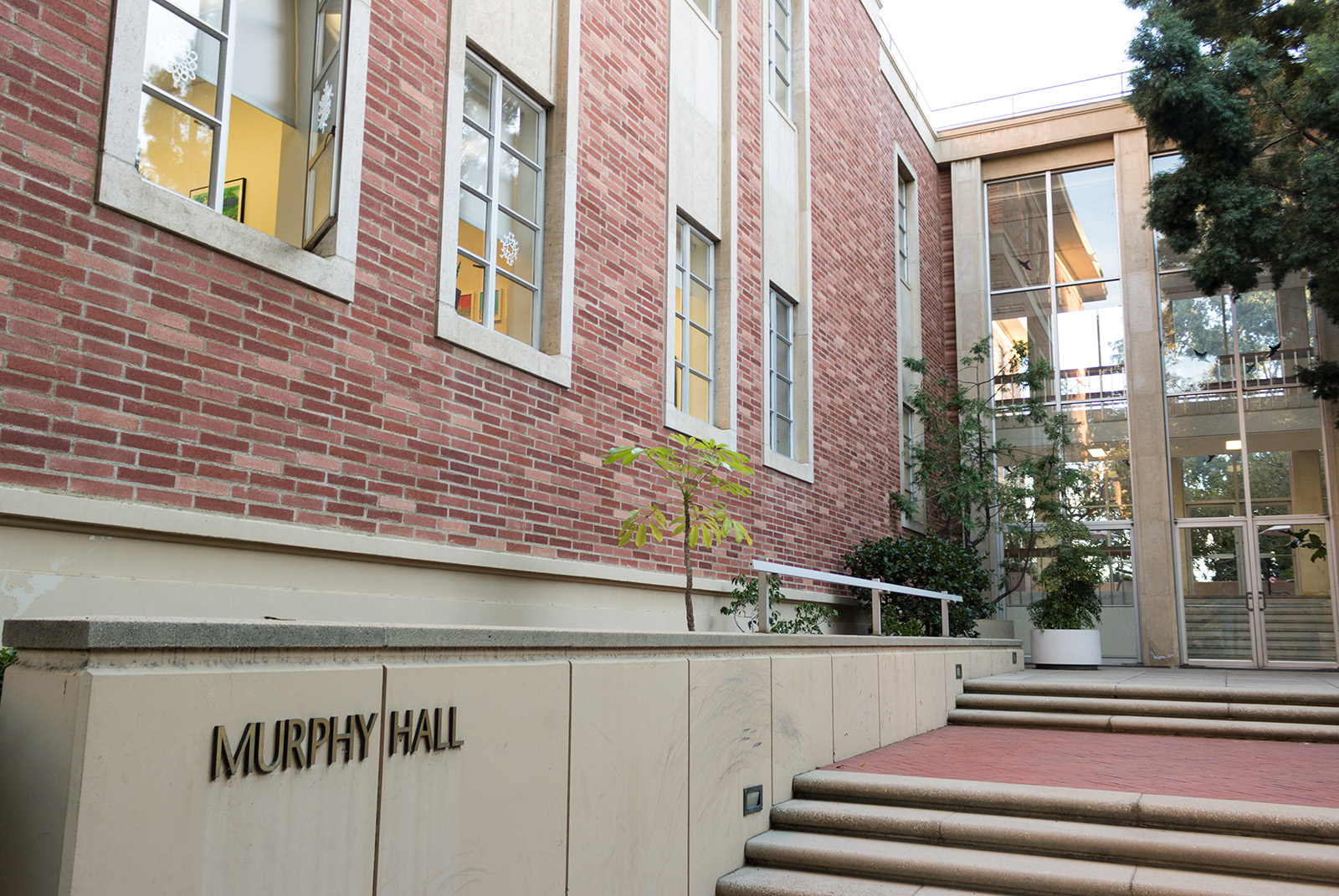A Difference of Opinion Editors: UC’s proposal for fixed tuition rates has benefits, disadvantages

(Daily Bruin file photo)
This post was updated Oct. 23 at 10 a.m.
ANTI-FIXED TUITION (Lucy & Lena)
The University of California’s new tuition plan is more likely to create a flatline than a flat rate.
And even if the UC can resuscitate it, students will still foot the bill.
Over the summer, the UC Regents discussed a tuition change that would keep tuition at a fixed rate for students during their time at the UC. The new model would increase tuition for incoming students when necessary, thereby ensuring flat rates for individual students during their time at the universities, but compensating through systematic increases each year.
Nothing much could go wrong with fixed tuition.
Unless, of course, you count flimsy state funding, unpredictable economies and the ever-present lack of financial aid as things that could go wrong.
In that case, it’s not so much flat as it is plummeting straight downhill.
Sure, fixed rate tuition comes from a good place, but good places can’t help students when they are hit hard by a system unprepared to support them. This tuition model may offset price jumps during a student’s tenure, but those benefits are quickly outweighed by the uncertainty of state funding and potential drops in available financial aid. If those weren’t enough, these changes could potentially deter students from pursuing a UC education in the first place – especially those from minority and low-income backgrounds.
Despite the same school and same education provided, students will be walking away with very different price tags. And it’s not a risk everyone can afford, which isolates the same economically diverse students that the UC supposedly stands for.
A UC education is no small feat to plan for. But flat tuition would send any plan that families try to have in mind out the window if monumental hikes affect their child’s cohort. And it would leave students and parents scrambling for the extra thousands that simply won’t be available with exhausted financial aid.
Regardless of how much students protest the current tuition hikes, $762 will look like pocket change compared to the leaping tuition changes from cohort to cohort – and they are changes that neither students, parents nor the UC can predict ahead of time.
And even more unpredictable than this new tuition model is an economy that’s no stranger to major recessions and state budget cuts that hit students right in their pockets. Relying on state funding that hasn’t been particularly kind to UC students will only lead to free-falling into student debt without a safety net.
When it comes to tuition, the price tag matters just as much as the timeline. Knowing when these tuition hikes will hit doesn’t matter if incoming classes can’t afford them anyway.
Because in the end, students will be left with tuition bills going up, while their faith in the UC gets left in the dirt.
PRO-FIXED TUITION (EJ)
Consistency is key, and it’s one that might unlock students’ path to affordable higher education.
And a fixed tuition rate may be the only dependable thing students can look to throughout their undergraduate experiences.
The UC Regents came together this summer to discuss a new fixed-rate tuition model for the University. On the heels of tuition upticks and fears of a recession, the fixed-rate model would guarantee stable tuition prices for students during their time at the UC and UCLA.
And while tuition surely can’t be fixed in one fell swoop, this could be a start.
For low-income or minority students who have struggled to plan for unpredictable leaps in tuition, this proposal comes as a welcome forewarning on what paying for an undergraduate education would look like. Not only would it give people time to plan for what tuition payment might look like, it would give students more flexibility to complete a degree, could ostensibly lead to an uptick in financial aid and could even help those outside the Golden State.
Out-of-state students have long been the victims of unpredictable tuition hikes, hit first in the UC’s battle against students’ financial security. The supplemental tuition that comes with being from another state or country is an added burden to the financial well-being of those students and their families. But with newfound safeguards and a predictable timeline to look toward, students who have struggled to keep up with the rising tide of tuition can finally get their heads above water.
This flat tuition rate could give students more time than ever before to plan out tuition payments and stay on track in keeping up with them. There would be a lesser likelihood of taking out loans to combat unpredictable tuition hikes and leave students out of debt more often than not.
And time is a currency students can’t always afford. Luckily, flat-rate tuition would protect a student’s cost of attending, even if that means more or less time than the average student. Students who might need an extra quarter or two can breathe a sigh of relief, knowing that their tuition costs won’t be affected in exchange for a little more time.
While a flat-rate tuition would be new territory, more intuitive initiatives are always welcome to alleviate the overwhelming medley of problems the UC faces on a day-to-day basis. With every subtle tuition hike comes backlash from passionate students who won’t stand for the instability of not knowing how much they’ll be paying for tuition from year to year. This proposal could solidify that number in stone for students in the years to come.
Undergraduate life is one of chaos and instability, but students’ right to experience it shouldn’t be marred by financial uncertainty.




